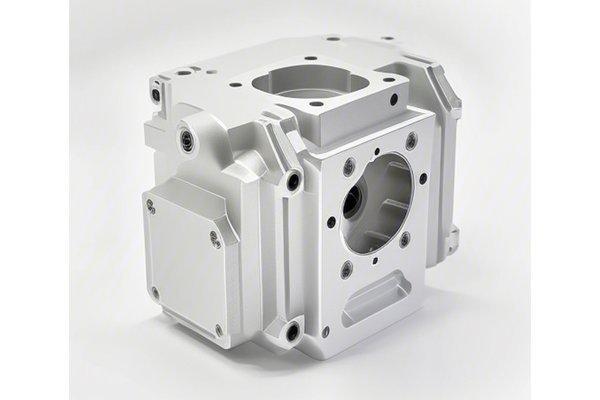Did you know that the choice of material can significantly impact the efficiency of CNC turning processes and, consequently, the overall success of your prototype production? According to recent industry studies, the right material selection can reduce production time by up to 30%, minimize waste, and improve the quality of the final output. With the rapid advancement in manufacturing technologies, understanding how to select suitable materials for CNC turning has never been more critical.
In this comprehensive guide, we will delve into the intricacies of material selection for CNC turning, exploring essential factors that influence the effectiveness of prototype production. By the end of this blog, you will be equipped with practical solutions and insights to make informed decisions that enhance your production efficiency.
Understanding CNC Turning
CNC (Computer Numerical Control) turning is a subtractive manufacturing process where a rotating workpiece is shaped by cutting tools to achieve desired profiles. This technique is widely utilized for the fabrication of prototypes and production parts in various industries, including automotive, aerospace, and medical devices. Because the quality of the end product largely depends on the materials used, selecting the right type can greatly influence performance characteristics, machinability, and overall costs.
Key Factors Influencing Material Selection
Common Materials Used in CNC Turning
Below, we outline several common materials used for CNC turning, highlighting their key characteristics, benefits, and drawbacks.
Characteristics:
Pros:
Cons:
Applications:
Characteristics:
Pros:
Cons:
Applications:
Characteristics:

Pros:
Cons:
Applications:
Characteristics:
Pros:
Cons:
Applications:
Material Selection Process: A Step-by-Step Guide
To effectively choose the right material for CNC turning, follow this structured approach:
Step 1: Define Your Prototype Requirements
Start by establishing the specific requirements of your prototype:
Step 2: Assess Material Properties
Once you have a clear understanding of your requirements, evaluate materials with the necessary properties:
Step 3: Evaluate Machinability
Assess the machinability of selected materials:
Step 4: Consider Cost Implications
Calculate the total cost of material acquisition, accounting for scrap rates and potential waste:
Step 5: Test and Prototype
Before committing to a full production run, create small test prototypes:
Advanced Material Selection Criteria
As industries evolve, new materials and technologies emerge. Consider incorporating advanced criteria into your material selection process:
Sustainability
Sustainable manufacturing practices have gained considerable importance. Look for materials that are:
Aerospace and High-Performance Materials
For industries like aerospace, selecting advanced materials that can withstand extreme conditions is vital. Materials such as carbon fiber composites and high-performance alloys can be suitable for specialized applications.
Future-Proofing Designs
Engage with design engineers to future-proof your prototypes:
Choosing suitable materials for CNC turning is a multifaceted process that requires careful consideration of a myriad of factors, including mechanical properties, cost, application requirements, and sustainability. By following the outlined steps for material selection, you can enhance the efficiency of your prototype production while ensuring that your components meet specific performance criteria.
Remember, the material you select can make all the difference in producing high-quality, durable, and functional prototypes. Whether you’re in the automotive industry requiring lightweight strength or in aerospace applications demanding precision and reliability, making informed choices is paramount. As you navigate the complexities of material selection, keep in mind that your decisions today will directly influence the efficiency, cost-effectiveness, and sustainability of your prototype production processes in the future.
By understanding the key elements of material selection for CNC turning, you are now better prepared to advance your manufacturing capabilities, ensuring success in an increasingly competitive landscape.






